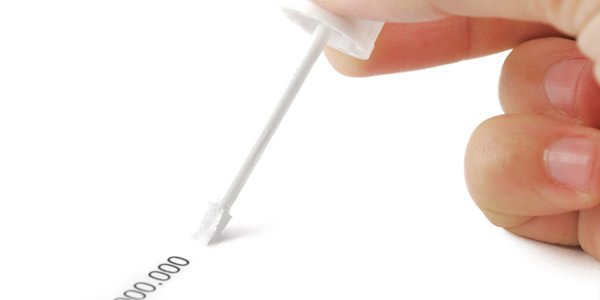Low-Tech Solutions and the Power of Thinking Outside the Box
I found a device that measures your alcohol level and tells you when it’s safe to drive home. While this might seem useful, the best advice is still the simple rule: “don’t drink and drive.” Instead of relying on this device, it’s wiser to have a designated driver, take a taxi, or find a trustworthy friend to drive you home. If you don’t drink much, you probably won’t need this device at all.
With the rise of new and creative technological ideas, it’s worth questioning why we often turn to technology to solve problems that might have simpler, non-technological solutions. Technology is often hailed as a groundbreaking force that can transform our lives and break new ground. But sometimes, the most effective solutions don’t require technology at all. Sometimes, the simplest, low-tech approaches are the best.
Get Off The Internet: A Challenge to Reconnect With Yourself
Unplug from digital life to enhance well-being and creativity. Learn the importance of offline time. Read more
The Russian Pencil
Here’s a story that might be more legend than fact, but it makes a great point. Back in the 1960s, NASA was struggling to find a way for astronauts to write in space. Regular pens didn’t work without gravity, pressure, or air, so they spent millions of dollars to develop a special anti-gravity pen.
The Russians, faced with the same challenge, simply used a pencil.

What’s the takeaway from this tale? Sometimes, the best solution to a problem is the simplest and most straightforward one. It doesn’t have to involve the latest technology or gadgets. Often, the most effective answers are tech-free, uncomplicated, inexpensive, and born from clear thinking.
Solar Bottle Bulb
Imagine a man named Solar Demi in the Philippines using a simple technique to bring light to dark homes. He takes plastic bottles, fills them with water, adds a little bleach to prevent bacteria, and installs them on the roof. Once sealed, these bottles use natural sunlight to illuminate the house.

This innovative idea, created by MIT students in 2002, not only cuts down on electric bills but also recycles discarded plastic bottles. The organization behind this project aims to install these solar bottle lights in a million homes in the Philippines by 2015. They also plan to expand to India, Indonesia, and Switzerland.
Here’s a YouTube video showing how it works. If you’re interested, you can support the initiative or volunteer to help with installations through their website: Liter of Light.
Richard Turere: The Young Lion Protector
In the Maasai community, a young boy, usually between the ages of 6 and 9, takes care of his father’s animals. Richard Turere was just 10 years old when he faced a problem: lions from Nairobi National Park were attacking and killing their livestock at night.

Richard tried various methods to keep the lions away, such as using fire and scarecrows, but nothing worked. So, he decided to try something different and turned to electronics.
He creatively connected an old car battery to a solar panel and set up blinking lights on low fences. These lights created the illusion that people were moving around, which scared the lions away.
This clever solution not only kept the lions at bay but also earned Richard a scholarship to one of the best schools in the region. Now 13, he’s not only continuing his education but also helping his neighbors and community by setting up similar systems in their homes.
Simple Tools, Great Impact
Many of the world’s most impactful inventions are small and inexpensive, making them accessible to everyday households. These simple solutions can be incredibly significant and transformative. Let’s look at some examples:
The Safety Pin
Walter Hunt invented the safety pin to pay off a debt. He sold the patent for what would be $10,000 today and used some of it to clear his debt. It seemed like a good deal until you learn that the patent was bought by W.R. Grace & Co, who made millions from it. Nowadays, around 3 million safety pins are made daily.

Correction Fluid
Bette Nesmith Graham, a secretary and painter, invented correction fluid in 1951. Before computers, typists had to start over on a new piece of paper for every mistake. By 1967, Graham’s homemade correction fluid was a huge success, earning millions. It’s still used in offices, homes, and schools around the world.

The Paper Clip
The paper clip is the best tool for holding papers together. Though the need for paper clips has existed for a long time, the modern design we know today was created in 1899. Despite no changes in design, it remains effective. Over 11 billion paper clips are sold every year in the U.S. alone.

Conclusion
Technology has always been a means to solve problems or overcome challenges. However, we shouldn’t be obsessed with integrating technology into every solution. Instead of aiming to create the next big tech product, we should look for problems to solve in various industries. Your next idea, big or small, might just change the world.